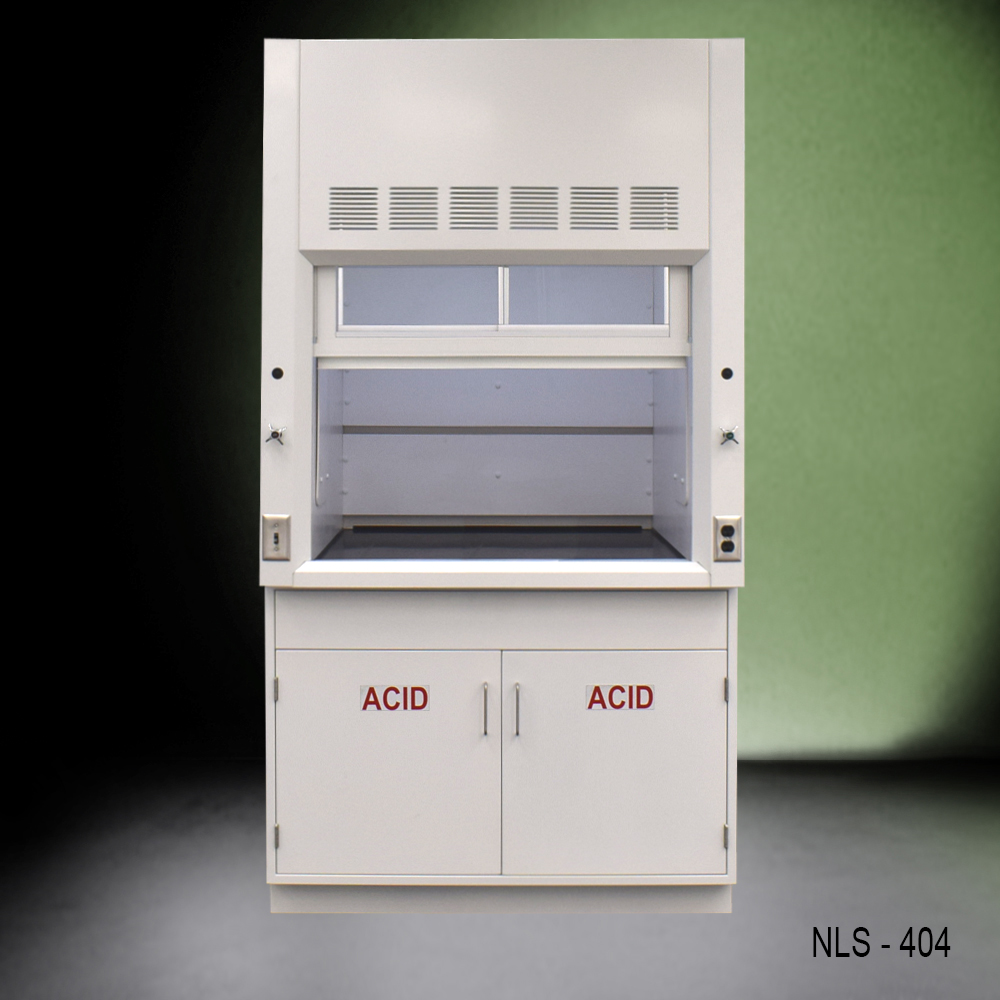Designing a laboratory is a complex endeavor that intertwines safety, efficiency, and functionality. The cornerstone of this intricate process is the strategic placement and use of fume hoods—a vital aspect often overlooked in standard lab design discussions. This post delves into the pivotal role of fume hoods in laboratory safety and design, unraveling how their proper placement safeguards lab personnel, streamlines workflow, and maximizes space utilization. We’ll explore innovative design strategies and expert insights to transform your lab into a paragon of safety and efficiency. 
The Critical Role of Fume Hoods in Laboratory Safety
Fume hoods are more than just equipment; they’re the lungs of a laboratory, essential for filtering out hazardous chemicals and vapors. Their placement is a high-stakes decision that impacts lab safety and operational flow. Let’s dissect the key considerations:
- Strategic Placement Away from Traffic and Doorways: To prevent accidents and ensure unimpeded access to exits in emergencies, it’s crucial to situate fume hoods away from high-traffic areas and doorways. The National Fire Protection Association recommends that any fume hood is ten feet from any door or exit.
- Consideration of Air Currents: Placement away from windows, doors, and air diffusers is essential to avoid interference with the hood’s ability to capture contaminants, ensuring the safety and well-being of lab personnel.
- Proximity to Emergency Stations: Quick access to emergency wash stations is non-negotiable. A well-designed lab ensures that personnel are within seconds of safety facilities, minimizing risk exposure.
Enhancing Laboratory Layout for Optimal Functionality
Beyond safety, the arrangement of fume hoods plays a significant role in the ergonomic flow of laboratory spaces. Here’s how a thoughtful design can promote productivity and cooperation:
- Facilitating Workflow: By strategically positioning fume hoods, labs can create a seamless operational flow that enhances efficiency and minimizes disruptions.
- Customized Solutions for Diverse Needs: Recognizing that no two labs are alike, customizing the layout to fit the specific needs of different scientific disciplines is crucial for optimal performance.
Conclusion
The integration of fume hoods into laboratory design is a nuanced art that balances safety with functionality. By prioritizing strategic placement and considering the unique demands of each workspace, you can create environments that protect and empower personnel to do their best work.
National Laboratory Sales creates custom configurations for any laboratory. With hundreds of fume hoods, laboratory cabinets, and combination units to choose from, we can get your design just right. Call us today to learn about how our innovative solutions will benefit your laboratory.
FAQs
What is the ideal distance between fume hoods and emergency stations?
Ideally, emergency stations should be no more than ten seconds away from fume hoods to ensure quick access in case of exposure to hazardous substances.
How do air currents affect fume hood performance?
Air currents from windows, doors, and air diffusers can disrupt the fume hood’s ability to capture and exhaust contaminants, compromising safety.
Why should fume hoods be placed away from high-traffic areas?
Placement away from traffic minimizes the risk of accidents and ensures that exits remain accessible in emergencies.
Can the layout of fume hoods impact lab productivity?
Yes, a strategic layout enhances workflow and cooperation, significantly impacting overall productivity.
How are custom lab designs beneficial?
Custom designs cater to the specific needs of different labs, ensuring optimal functionality and safety tailored to each scientific discipline.

